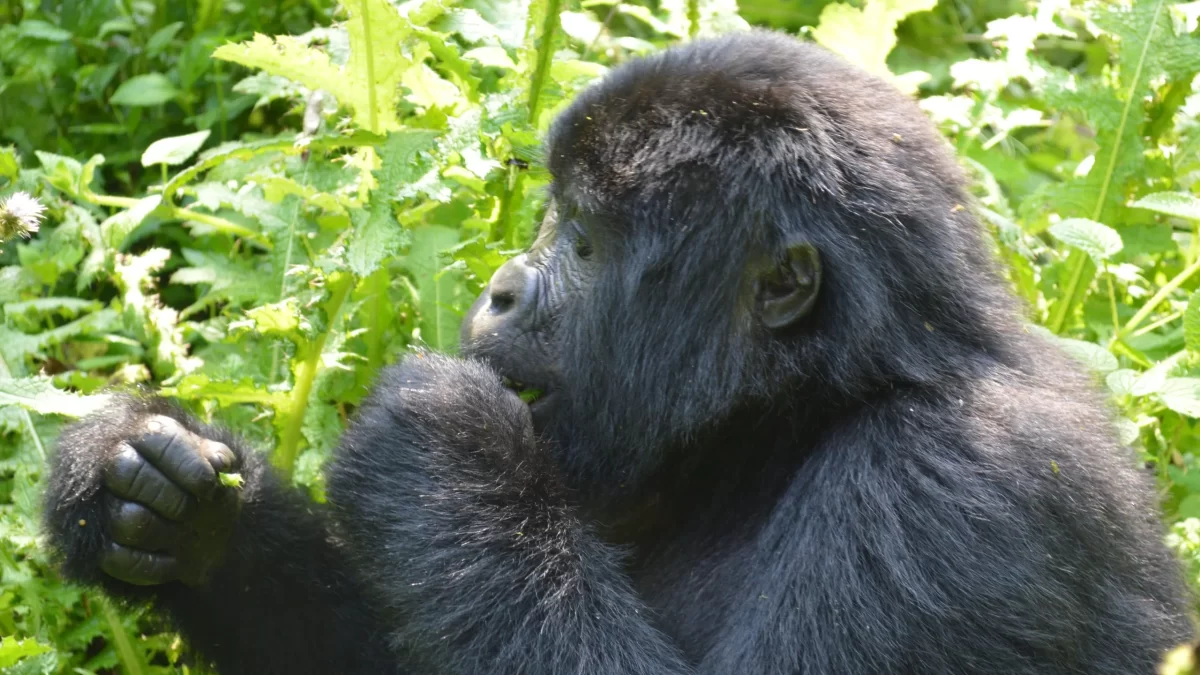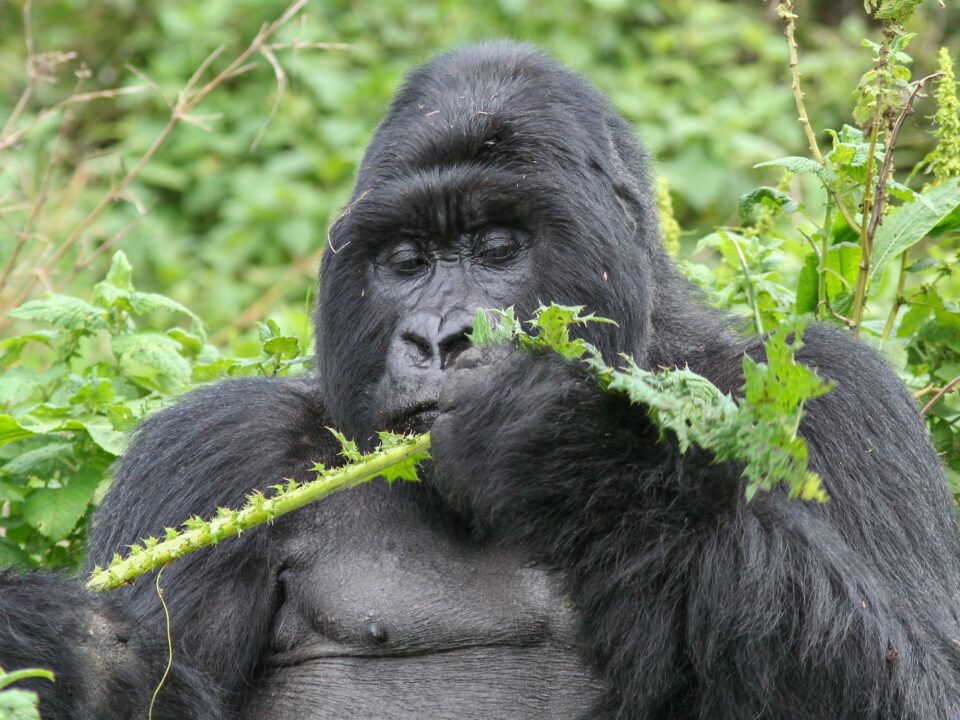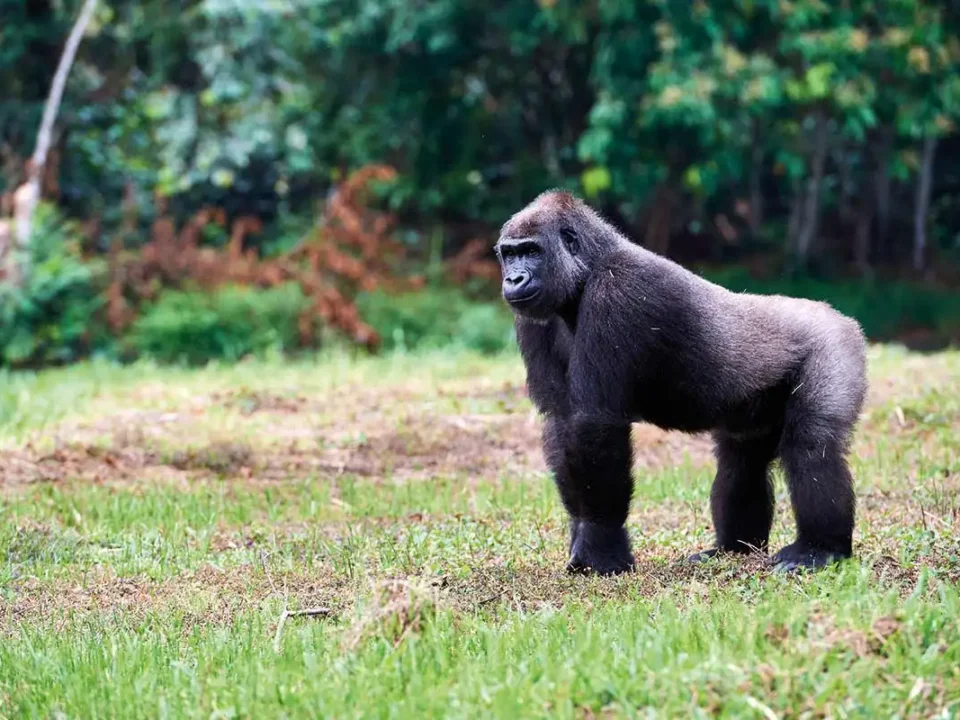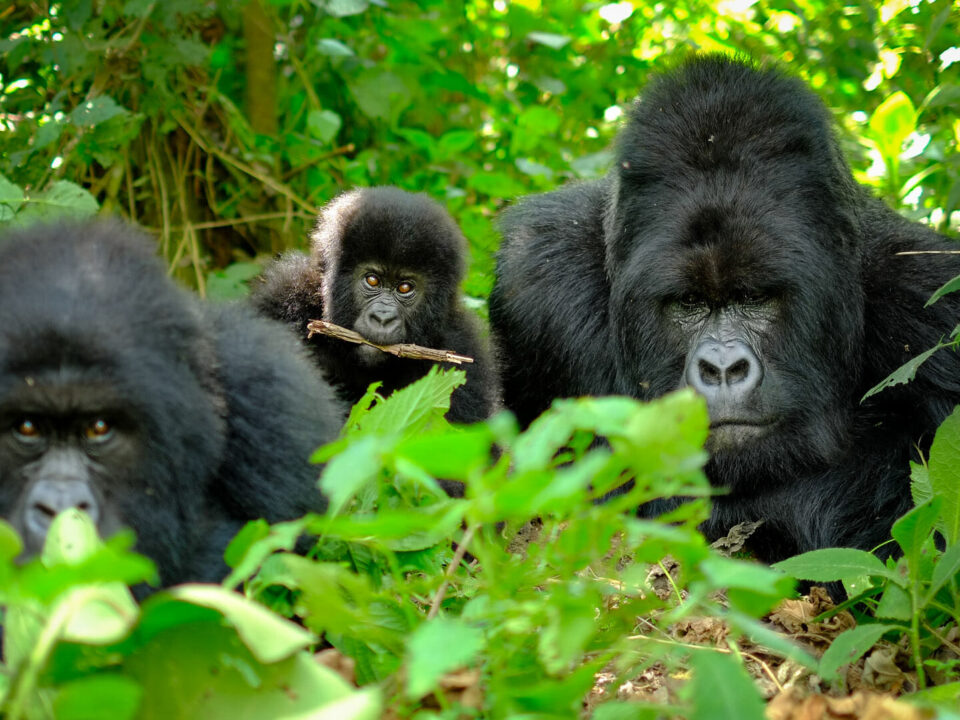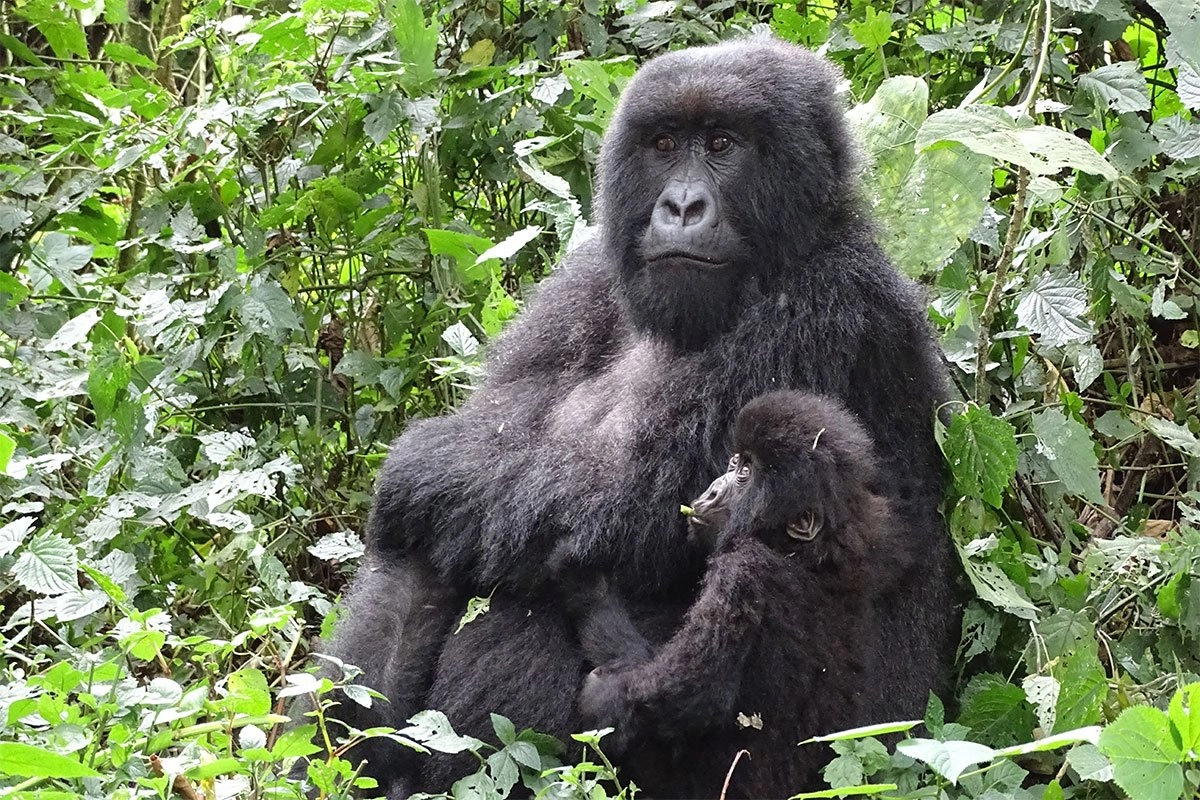
Top Activities & Attractions in Volcanoes National Park
February 8, 2024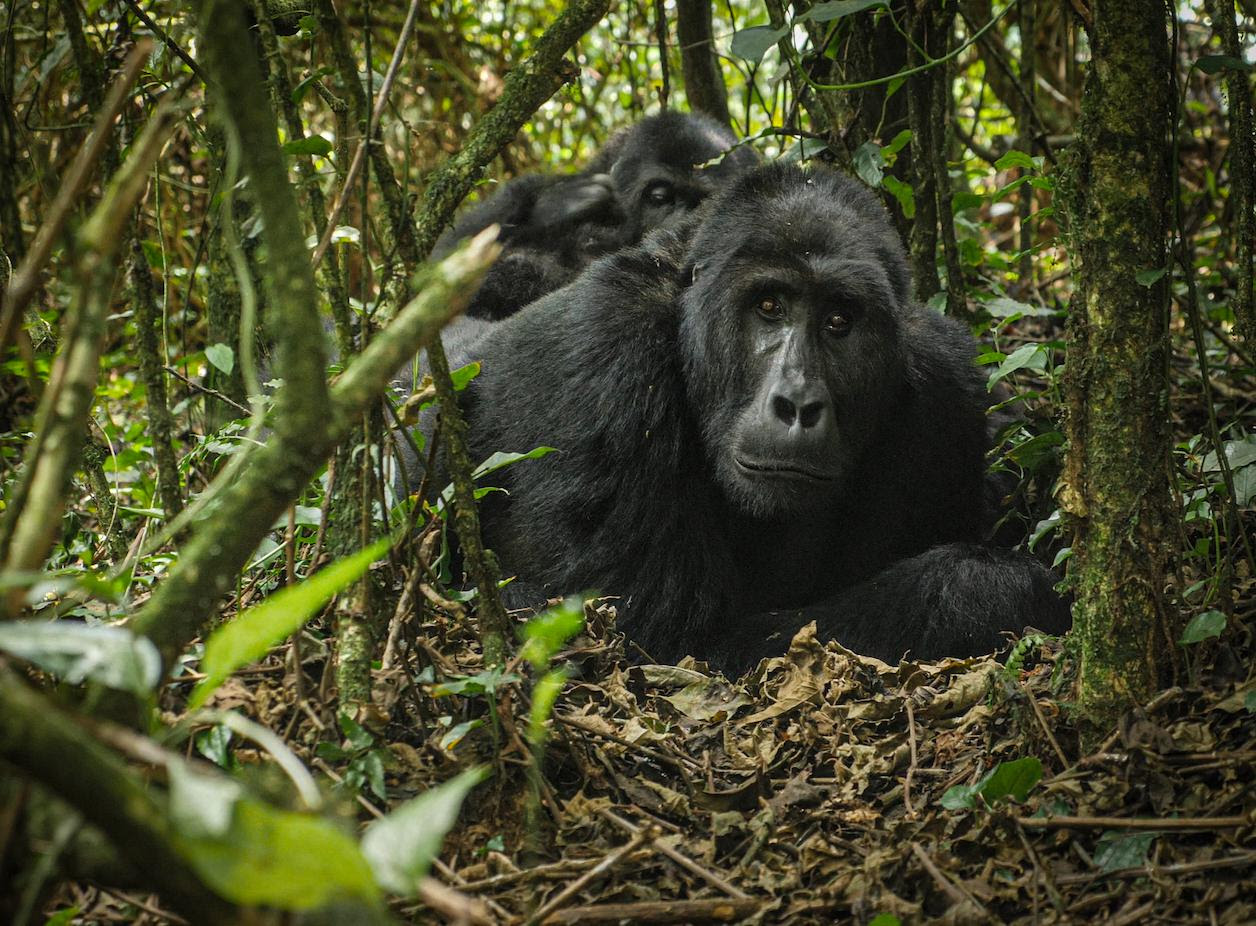
Rwanda Gorilla Adventures & Safaris
February 8, 2024Why Did Rwanda Increase Gorilla Permit Price? – Unveiling the Factors at Play
A Comprehensive Insight with a question “Why did Rwanda Increase Gorilla Permit Price?” — The announcement by the Rwanda Development Board on May 6th, 2017, regarding the increase in Gorilla Permit prices from US$ 750 to US $1,500 per person per trek stirred curiosity and raised questions about the motives behind this decision. Trek Africa Expeditions delves into the intricacies to shed light on the reasons driving Rwanda’s choice to elevate the cost of Gorilla Permits.
1. Sustainability of Conservation Initiatives:
Gorilla tracking is an unparalleled experience, and Rwanda, through the Rwanda Development Board, heightened the permit price to ensure the sustainability of conservation initiatives. This strategic move aims to secure the long-term protection of the endangered mountain gorillas and enhance the overall quality of visitors’ experiences.
2. High-End Tourism Destination Strategy:
Aligning with Rwanda’s high-end tourism strategy, the price increase serves to fortify conservation efforts and contribute more substantially to the development of communities neighboring Volcanoes National Park. The elevation in tariffs corresponds to a deliberate effort to position Rwanda as a premier, luxury gorilla trekking destination.
3. Increase in Community Revenue Sharing:
A core objective of the permit price increase was to amplify the benefits for communities residing near the park area. By channeling a larger share of tourism revenues to these communities, Rwanda Development Board aspired to support local development projects and foster economic empowerment among the residents.
4. Encouraging Tourism Across Multiple Destinations:
Rwanda sought to diversify the tourist experience by encouraging visits to multiple national parks. Tourists who extend their stay to explore other destinations, such as Nyungwe Forest National Park and Akagera National Park for a minimum of three days, alongside gorilla trekking, are eligible for a 30% discount. Additionally, conference tourists incorporating gorilla visits in their itinerary can avail a 15% discount.
5. Enhanced Tourism Infrastructure and Experience:
The surge in permit prices is complemented by a broader vision to elevate the overall tourism infrastructure. New, high-end lodges in Musanze and plans for the refurbishment of the Kinigi information center are indicative of Rwanda’s commitment to providing visitors with a seamless and enriching experience. The center’s modernization includes features such as conservation education, children’s learning space, and cutting-edge digital facilities.
6. Conservation Impact on Endangered Mountain Gorillas:
With only approximately 1080 mountain gorillas remaining globally, and Rwanda hosting 62% of the gorilla population in the Virunga Massif, stringent conservation measures have become imperative. The increased revenue generated from the elevated permit prices contributes significantly to the conservation efforts that have resulted in a rise in the number of habituated gorilla families, from 9 in 2010 to the current 20.
Why Choose Rwanda for Gorilla Tracking?
Rwanda stands as a premier safari destination, drawing holidaymakers with its rich history, accessibility, and the legacy of Dian Fossey. The efforts invested in gorilla conservation and the ease of gorilla treks have solidified Rwanda’s reputation as a favored destination for travelers seeking a unique and transformative experience.
Best Time to Visit Rwanda for Gorilla Safaris:
While Rwanda remains open for tourism year-round, the optimal months for gorilla safaris are June to August and December to February. The rainy season from March to May and September to November does not impede gorilla tracking, as intermittent rainfall provides ample opportunities to witness the majestic mountain gorillas throughout the year.
In conclusion, Rwanda’s ascent to a luxury gorilla trekking destination reflects a strategic commitment to conservation, community development, and providing visitors with an unparalleled journey into the heart of nature. Despite the increase in permit prices, Rwanda’s allure as a dream destination for gorilla trekking in Africa remains unwavering, offering a sanctuary for those seeking an exclusive and immersive encounter with these magnificent creatures.

